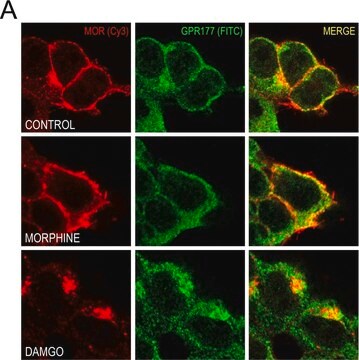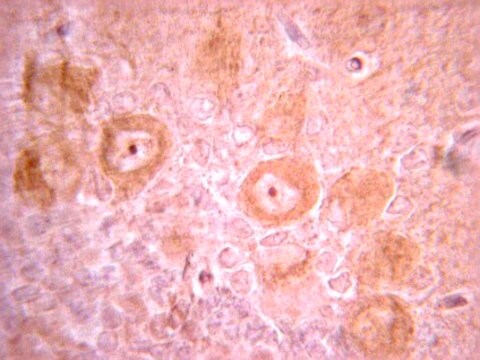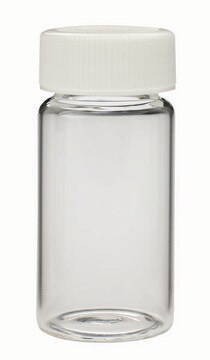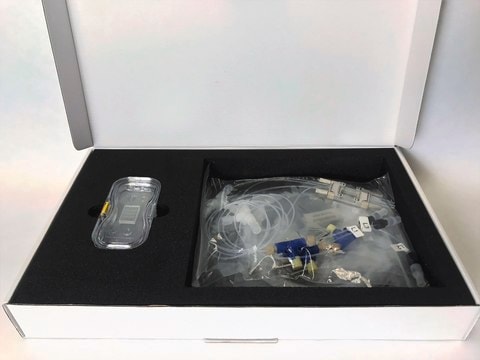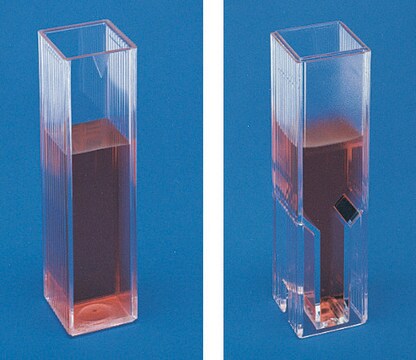詳細
ZooMAb® antibodies represent an entirely new generation of recombinant monoclonal antibodies. Each ZooMAb® antibody is manufactured using our proprietary recombinant expression system, purified to homogeneity, and precisely dispensed to produce robust and highly reproducible lot-to-lot consistency. Only top-performing clones are released for use by researchers. Each antibody is validated for high specificity and affinity across multiple applications, including its most commonly used application. ZooMAb® antibodies are reliably available and ready to ship when you need them.
特異性
Clone 1E5 is a ZooMAb® Rabbit recombinant monoclonal antibody that specifically detects opioid receptor µ. It targets an epitope within 24 amino acids from the C-terminal region.
免疫原
KLH-conjugated linear peptide corresponding to 24 amino acids from the C-terminal region of human opioid receptor µ.
アプリケーション
Quality Control Testing
Evaluated by Western Blotting in Mouse brain tissue lysate.
Western Blotting Analysis: A 1:1,000 dilution of this antibody detected Opioid Receptor in Mouse brain tissue lysate.
Tested Applications
Western Blotting Analysis: A 1:1,000 dilution from a representative lot detected Opioid Receptor in Rat brain tissue lysates.
Immunocytochemistry Analysis: A 1:100 dilution from a representative lot detected Opioid Receptor in SH-SY5Y cells.
Flow Cytometry Analysis: 1 µg from a representative lot detected Opioid Receptor in one million Jurkat cells.
Immunohistochemistry (Paraffin) Analysis: A 1:100 dilution from a representative lot detected Opioid Receptor in Mouse brain tissue sections.
Affinity Binding Assay: A representative lot of this antibody bound Mouse Opioid receptor µ peptide with a KD of 1.6 x 10-6 in an affinity binding assay.
Note: Actual optimal working dilutions must be determined by end user as specimens, and experimental conditions may vary with the end user.
ターゲットの説明
Mu-type opioid receptor (UniProt: P35372; also known as M-OR-1; MOR-1, Mu opiate receptor, Mu opioid receptor, MOP, hMOP) is encoded by the OPRM1 (also known as MOR1) gene (Gene ID: 4988) in human. Opioid receptors are seven-transmembrane proteins that belong to the G protein-coupled receptor (GPCR) superfamily. Three types of opioid receptors have been described and are known as , , and receptors. Following binding to exogenous opiates and endogenous opioid peptides, such as β-endorphin, enkephalins and dynorphins, they are activated and transmit signals to multiple intracellular effectors, such as ion channels and second messengers that ultimately reduce neuronal activity. These receptors have a common opioid binding pocket within their transmembrane core. Opioid receptor (OPRM) is a multi-pass membrane glycoprotein with four extracellular domains, seven transmembrane domains, and four cytoplasmic domains. It serves as a receptor for several natural and synthetic opioids. Agonist binding to the receptor induces coupling to an inactive GDP-bound heterotrimeric G-protein complex and subsequent exchange of GDP for GTP in the G-protein -subunit leading to dissociation of the G-protein complex. OPRM is the main physiological target for most clinically important opioid analgesics and OPRM-mediated inhibition of voltage-gated N- and L-type calcium channels on central presynaptic terminals of primary afferent nociceptors is thought to be the primary mechanisms mediating analgesia at the spinal level. OPRM is differentially phosphorylated under basal and agonist-induced conditions. Agonist-mediated phosphorylation by GRK2 is reported to modulate receptor internalization. Phosphorylation at tyrosine 168 requires receptor activation and is dependent on non-receptor protein tyrosine kinase Src. It results in a reduction in agonist efficacy by reducing G-protein coupling efficiency. Its phosphorylation at serine 377 is involved in G-protein-dependent but not β-arrestin-dependent activation of the ERK pathway. This ZooMAb® recombinant monoclonal antibody, generated by our propriety technology, offers significantly enhanced specificity, affinity, reproducibility, and stability over conventional monoclonals. (Ref.: Valentino, RJ., and Volkow, ND (2018). Neuropsychopharmacology. 43(13); 2514-2520; Mestek, A., et al. (1995). J. Neurosci. 15(3, pt 2); 2396-2406).
物理的形状
Purified recombinant rabbit monoclonal antibody IgG, lyophilized in PBS, 5% Trehalose, normal appearance a coarse or translucent resin. The PBS/trehalose components in the ZooMAb formulation can have the appearance of a semi-solid (bead like gel) after lyophilization. This is a normal phenomenon. Please follow the recommended reconstitution procedure in the data sheet to dissolve the semi-solid, bead-like, gel-appearing material. The resulting antibody solution is completely stable and functional as proven by full functional testing. Contains no biocide or preservatives, such as azide, or any animal by-products. Larger pack sizes provided as multiples of 25 µL.
再構成
0.3 mg/mL after reconstitution at 25 µL per vial. Please refer to guidance on suggested starting dilutions and/or titers per application and sample type.
保管および安定性
Recommend storage of lyophilized product at 2-8°C; Before reconstitution, micro-centrifuge vials briefly to spin down material to bottom of the vial; Reconstitute each vial by adding 25 µL of filtered lab grade water or PBS; Reconstituted antibodies can be stored at 2-8°C, or -20°C for long term storage. Avoid repeated freeze-thaws.
法的情報
ZooMAb is a registered trademark of Merck KGaA, Darmstadt, Germany
免責事項
Unless otherwise stated in our catalog or other company documentation accompanying the product(s), our products are intended for research use only and are not to be used for any other purpose, which includes but is not limited to, unauthorized commercial uses, in vitro diagnostic uses, ex vivo or in vivo therapeutic uses or any type of consumption or application to humans or animals.

